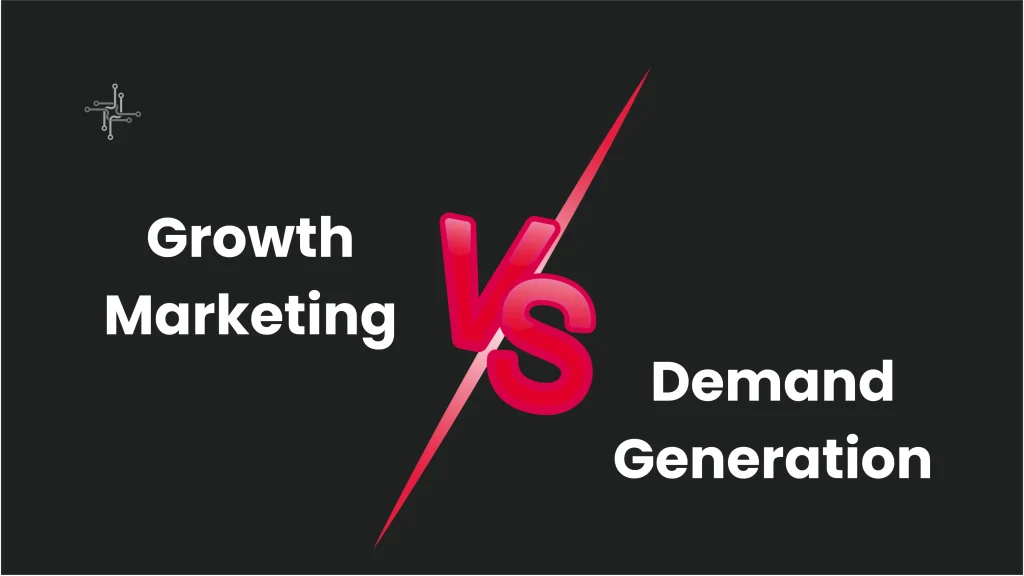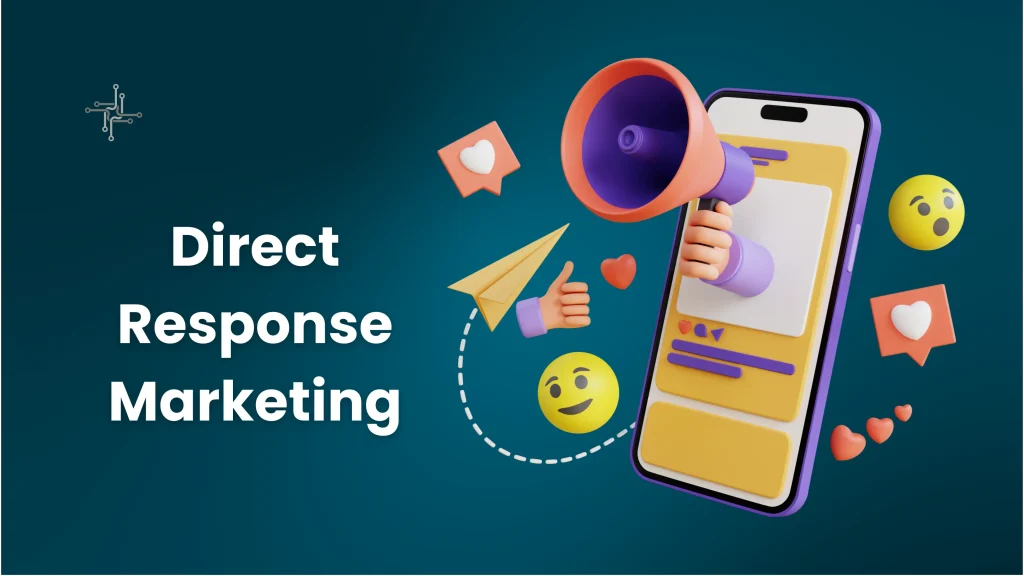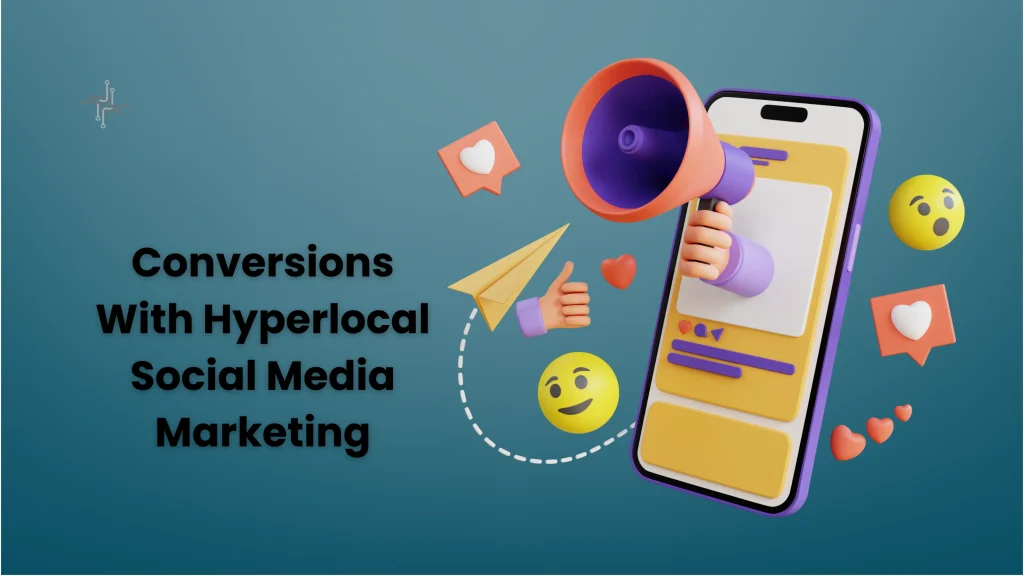Modern marketing uses smart ways to reach people and grow a business. It mixes online ads, social media, emails, and content to connect with the right audience. Marketers now focus more on building relationships, not just selling. They track customer behavior and use data to improve their plans. These new approaches help businesses stay active, flexible, and ahead in a fast-changing market.
This comparison matters because businesses often get confused between growth marketing and demand generation. Both aim to increase sales and audience, but their methods are different. Understanding these differences helps a business pick the right plan. It saves time, money, and effort by focusing on the best strategy.
Table of Contents
What is Growth Marketing
Growth marketing is a smart way to grow a business by focusing on the entire customer journey. It starts from the moment people hear about a product and continues until they become loyal customers. This method looks at every step a person takes, making sure the experience is smooth and helpful. It’s about more than just getting attention, it’s about turning that attention into real, lasting growth.
This type of marketing uses tools like social media, emails, content, and online ads. Growth marketers test different ideas, messages, and designs to see what works best. They study how people react to these efforts and quickly make changes based on results. The goal is to find smart, new ways to keep growing without wasting time or money.
Unlike traditional marketing, growth marketing doesn’t stop after making a sale. It focuses on keeping customers happy, encouraging them to return, and even getting them to share the brand with others. By listening to customer feedback and using data, marketers can keep improving their plans.
What is Demand Generation
Demand generation is a way to create interest and awareness for a product or service. It focuses on getting people to notice a brand and learn about what it offers. The main goal is to attract potential customers and move them closer to making a purchase. It works by creating helpful, interesting, and valuable content that makes people want to know more.
This marketing method uses different tools like blogs, ads, emails, webinars, and social media posts. It aims to build trust and educate people before they even think about buying. Demand generation is about starting a relationship, not pushing for a quick sale. It makes sure that when people are ready to buy, they remember the brand that first helped them.
Good demand generation brings in the right audience and prepares them for future offers. It focuses on long-term success, helping businesses stay in people’s minds and turning them into loyal customers over time.
Differences Between Growth Marketing and Demand Generation
1. Focus Areas
Growth marketing covers the entire customer journey. It works from the first moment someone hears about a product to when they become a loyal customer. It includes attracting attention, making sales, keeping customers, and bringing them back again. It’s about steady and smart growth.
Demand generation mainly focuses on the early stages. It creates interest, builds awareness, and attracts new people. It works to move potential customers closer to making a buying decision by offering helpful and valuable information.
2. Goals and Timing
The goal of growth marketing is to build long-term, steady business growth. It tests, improves, and changes plans based on what works. It doesn’t stop at the sale, it also keeps customers loyal and active.
Demand generation’s goal is to bring in the right audience and prepare them for future offers. It works at the start, helping people learn about a product or service before they’re ready to buy.
3. Strategies Used
Growth marketing uses tests, feedback, and data-driven ideas. It tries different ads, emails, offers, and messages to see what works. It focuses on results at every step, not just at the start.
Demand generation uses content, social media, ads, blogs, webinars, and emails to spread information. It focuses on building trust and awareness before pushing for a sale.
4. Customer Relationship
Growth marketing builds a strong, long-lasting relationship with customers. It works to keep people coming back, making repeat purchases, and sharing the brand with others.
Demand generation starts the relationship by creating interest. It focuses on getting attention and delivering value early, without asking for a sale too quickly.
5. Measurement and Results
Growth marketing tracks results throughout the entire customer journey. It looks at everything, how people find the product, how they buy, and how often they return.
Demand generation mainly measures the number of new leads, the level of interest, and how well people respond to early marketing efforts. It focuses on numbers at the start of the journey.
When to Use Growth Marketing vs. Demand Generation
Growth marketing is best when a business wants long-term, steady growth. It works well for companies that already have some customers and want to keep them happy. If the goal is to increase repeat sales, improve customer loyalty, and grow slowly but surely, growth marketing is a smart choice. It helps build strong, lasting relationships with customers.
Demand generation is useful when a business needs to attract new people. It’s a good option for new brands, new products, or businesses entering a new market. If the goal is to build awareness, create interest, and bring in fresh leads, demand generation is the right fit. It focuses on getting attention and building trust at the start.
Some businesses use both together. Demand generation brings in new people, while growth marketing turns them into loyal, repeat customers. Knowing when to use each one can help a business save time, money, and effort while getting better results.
Conclusion
Growth marketing and demand generation are both important for business success. They help in different ways and focus on different goals. Growth marketing looks at the full customer journey, while demand generation focuses on creating interest and attracting new people.
Knowing the difference makes it easier to choose the right plan. A business can use demand generation to get new customers and growth marketing to keep them coming back. Both work better when used together. Picking the right one at the right time helps a business grow faster, save money, and build strong customer relationships.


